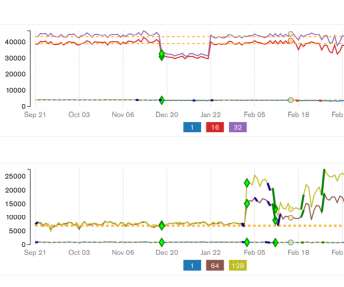Performance Testing at MongoDB
Alex Podelko
APRIL 18, 2021
One of main reasons I joined MongoDB recently was my excitement about the technology. Evergreen Continuous Integration: Why We Reinvented The Wheel , blog post from July 27, 2016, explains why and how it was done. As it was already described in detail by my colleagues, no need for me to write about it – I can just list references.












Let's personalize your content